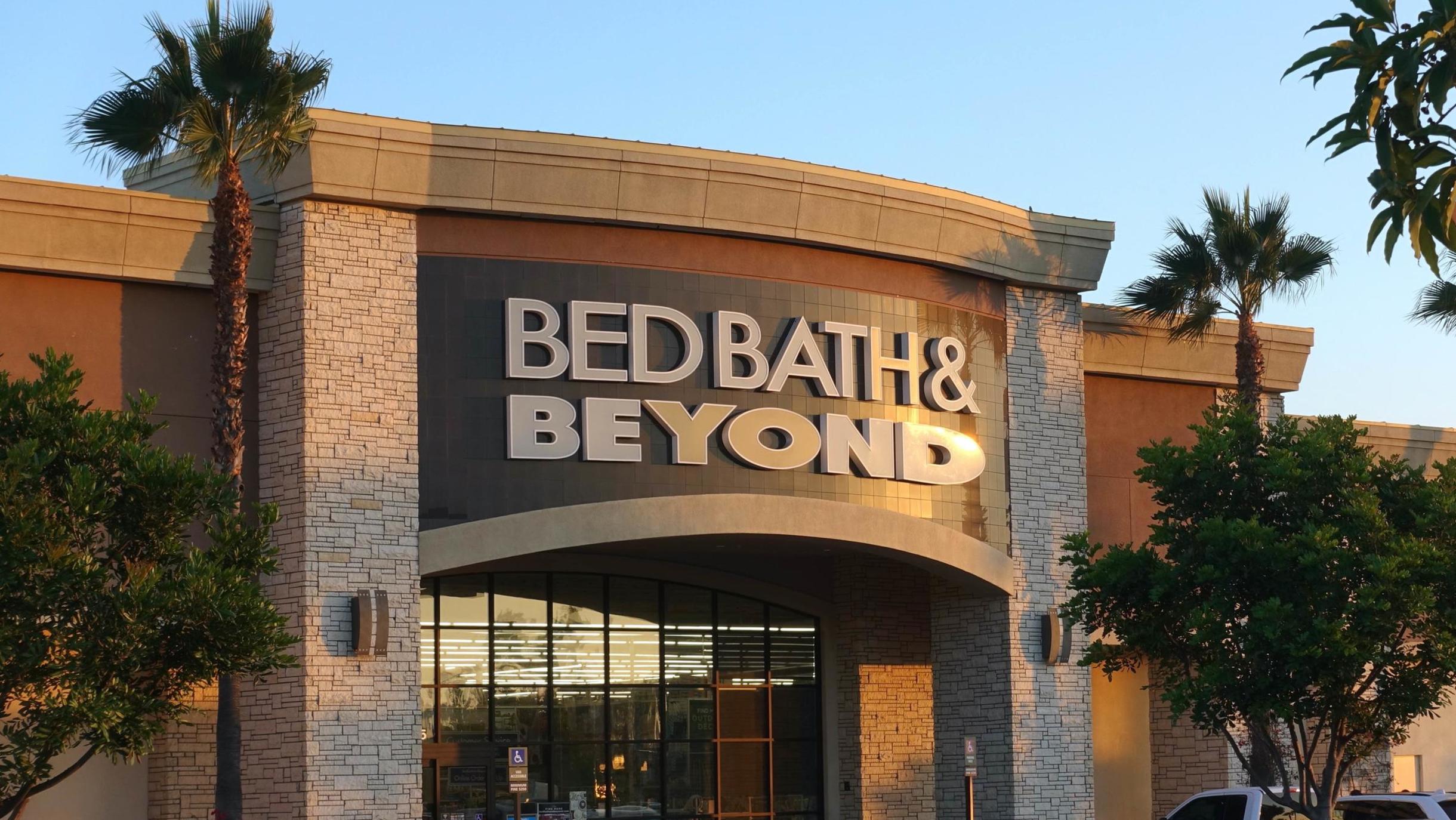Its CEO and chief merchant ousted, its top-line revenue in free-fall and its stock price losing a quarter of its value in one day, Bed Bath & Beyond is staring into the abyss of a retail black hole. And that’s not even the worst part.
The worst part is that the big box retailer—still one of the top five sellers of home products in the country—has a very tight time frame to fix all of these problems and get itself back on its feet. With cash starting to drain out of its bank account, investors increasingly impatient with a long-promised and now-indefinitely postponed turnaround and, most importantly, its shoppers dreading yet another merchandising redo, BBB’s window is small and closing quickly.
So, what can we expect from the beleaguered retailer? Here’s some informed speculation on what is likely to happen over the next three to six months:
Huge discounts
Raising working capital and clearing out the junk is going to be the biggest priority short-term. There’s a lot of merchandise clogging up the pipeline—much of it the vaunted “owned” brands that were supposed to save the day—and it has to be cleared out to make room for what’s next. Bed Bath & Beyond has been incredibly promotional the past 60 days, but expect to see a lot more as the summer heats up. They aren’t alone in this—Target has a similar plan—but it’s going to be a deep housecleaning.
Stack ’em & rack ’em sales floors
A signature of now-deposed CEO Mark Tritton’s turnaround plan was a huge reduction in the amount of merchandise on the selling floor, perhaps by as much as a third. Say goodbye to that strategy. In connection with the staying-in-business sale about to begin, the stores are going to get much more crowded. Look for narrower aisles, more dump bins and all kinds of retail stunts. It may not be pretty, but it will be effective.
The return of national brands
Having proprietary house brands was not necessarily a bad strategy—every retailer looks to have a differentiated merchandising mix. The problem was the execution of those owned brands, in both the design and the logistics of getting them manufactured and into stores. BBB just didn’t have the infrastructure to do either properly. Now there will be a big rush to bring in branded goods from outside suppliers to replace much of the disappointing merchandise. It will take a little while, so don’t expect anything noticeable until the fourth quarter of this year at the very earliest (the first half of 2023 is more realistic). This effort will be accompanied by a rousing chorus of “We told you so” by all the vendors who got kicked out over the past 18 months.
Serious cutbacks
All of the moves to bring in more revenue are going to be accompanied by big cutbacks in spending. Store remodelings are likely on hold indefinitely, staffing levels are likely to get trimmed and any nonessential projects will be pushed to the side.
The new boss will not be the same as the old boss
Sue Gove, the interim CEO plucked from BBB’s board, comes from a retail management background, but don’t look for her to get the job on a permanent basis. You know when baseball teams hire a rookie manager and he flops, they immediately bring in a grizzled old veteran to bring some stability to the team? That’s likely to be the scenario once Bed Bath & Beyond starts its search. Tritton was a bold hire, and maybe in a different era—one free of COVID complications—his plan might have worked, but now leadership will be looking for the tried-and-true. His successor is likely to be someone with heavy-duty operations experience who has run a national chain before. One can hope they move quickly on this, as we’ve seen troubled retailers like JCPenney take forever to fill the corner office and suffer the consequences.
Expect to see some of the above and a whole lot more. Bed Bath & Beyond has been a retailer in turmoil for close to five years now, and that chaos is far from over.
Homepage photo: ©Simone/Adobe Stock
____________
Warren Shoulberg is the former editor in chief for several leading B2B publications. He has been a guest lecturer at the Columbia University Graduate School of Business; received honors from the International Furnishings and Design Association and the Fashion Institute of Technology; and been cited by The Wall Street Journal, The New York Times, The Washington Post, CNN and other media as a leading industry expert. His Retail Watch columns offer deep industry insights on major markets and product categories.




























